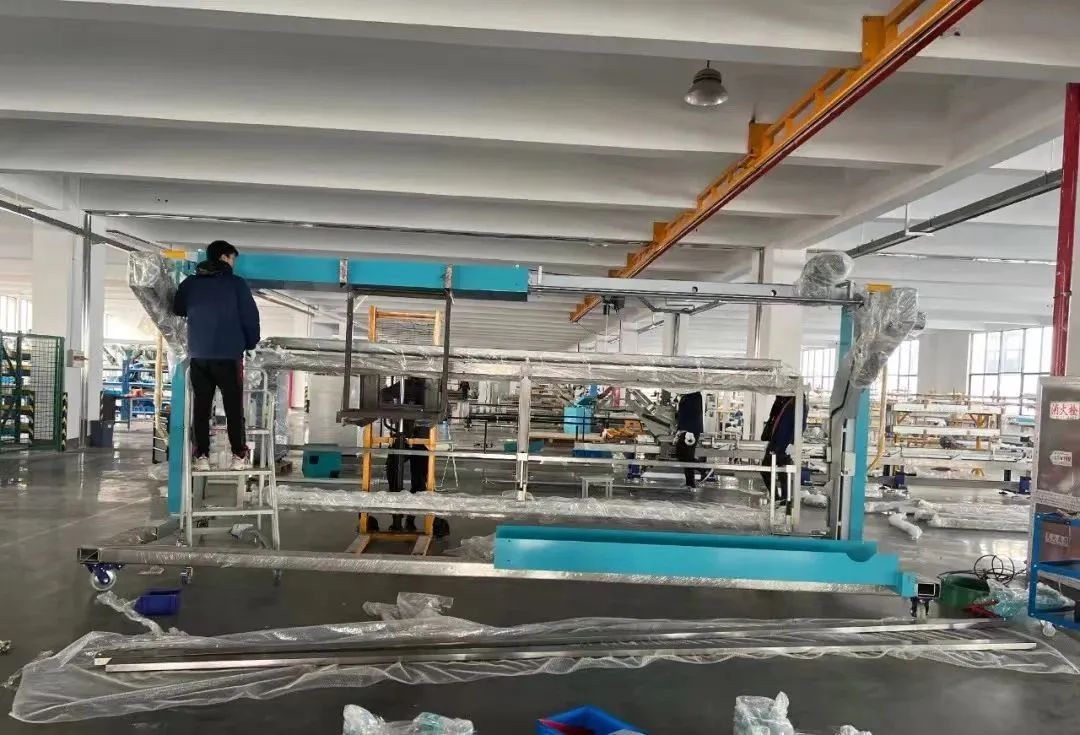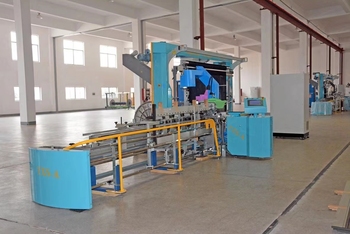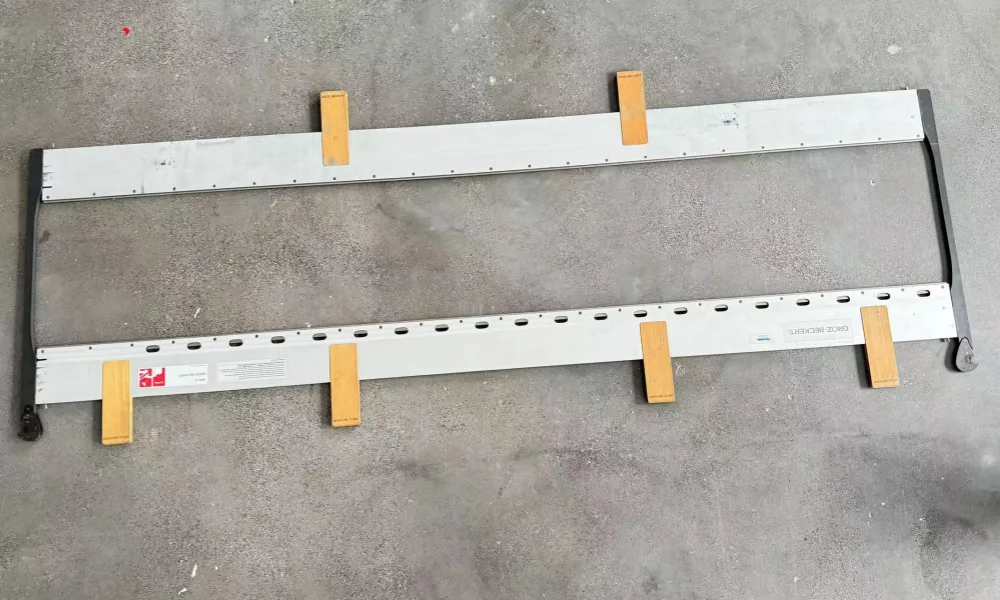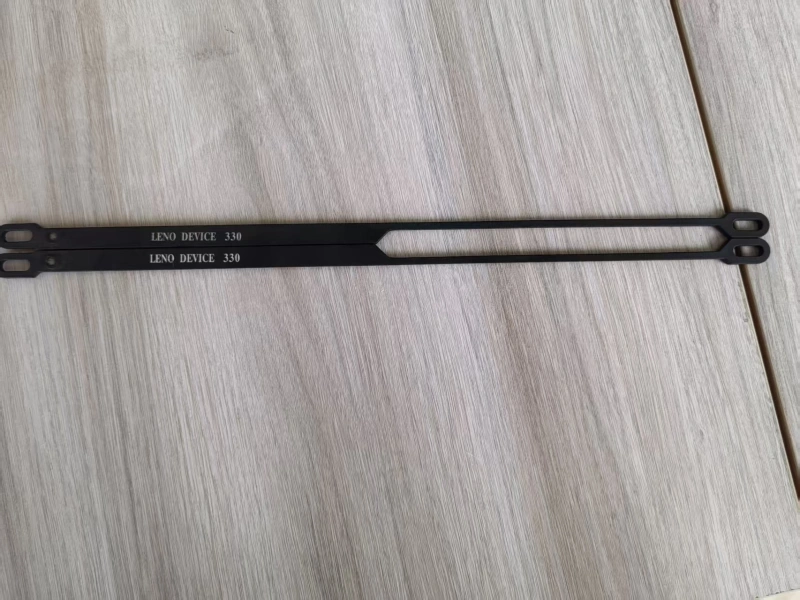The Intersection of Sword Craftsmanship and Textile Machine Parts: A Unique Perspective
2024-12-19
In the world of craftsmanship, the art of sword-making and the engineering of textile machine parts may seem worlds apart. However, a closer examination reveals intriguing parallels, particularly when we consider components like the sword head, rapier, and sword wheel alongside textile machinery.
The sword head, a critical element in the design of a rapier, is not just a functional piece but also a work of art. Rapiers, known for their slender blades and intricate designs, require precision in their sword heads to ensure balance and effectiveness in combat. Similarly, textile machines rely on precision-engineered parts to function efficiently. Just as a sword head must be meticulously crafted to achieve the desired weight and balance, textile machine parts must be designed with exacting standards to ensure smooth operation and durability.
The sword wheel, often used in the crafting of swords, serves as a metaphor for the intricate mechanisms found in textile machinery. In sword-making, the wheel aids in shaping and sharpening the blade, while in textile production, wheels and gears are essential for the movement and manipulation of fabric. Both processes require a deep understanding of materials and mechanics, showcasing the importance of craftsmanship in both fields.
Moreover, the evolution of technology in both sword-making and textile machinery highlights the significance of innovation. Just as modern swordsmiths incorporate advanced materials and techniques to enhance the performance of rapiers, textile engineers are continually developing new machine parts that improve efficiency and reduce waste.
In conclusion, while the sword head, rapier, and sword wheel may belong to the realm of weaponry, their principles resonate within the world of textile machine parts. Both disciplines celebrate the artistry of craftsmanship and the importance of precision, reminding us that the spirit of innovation transcends the boundaries of their respective fields.




